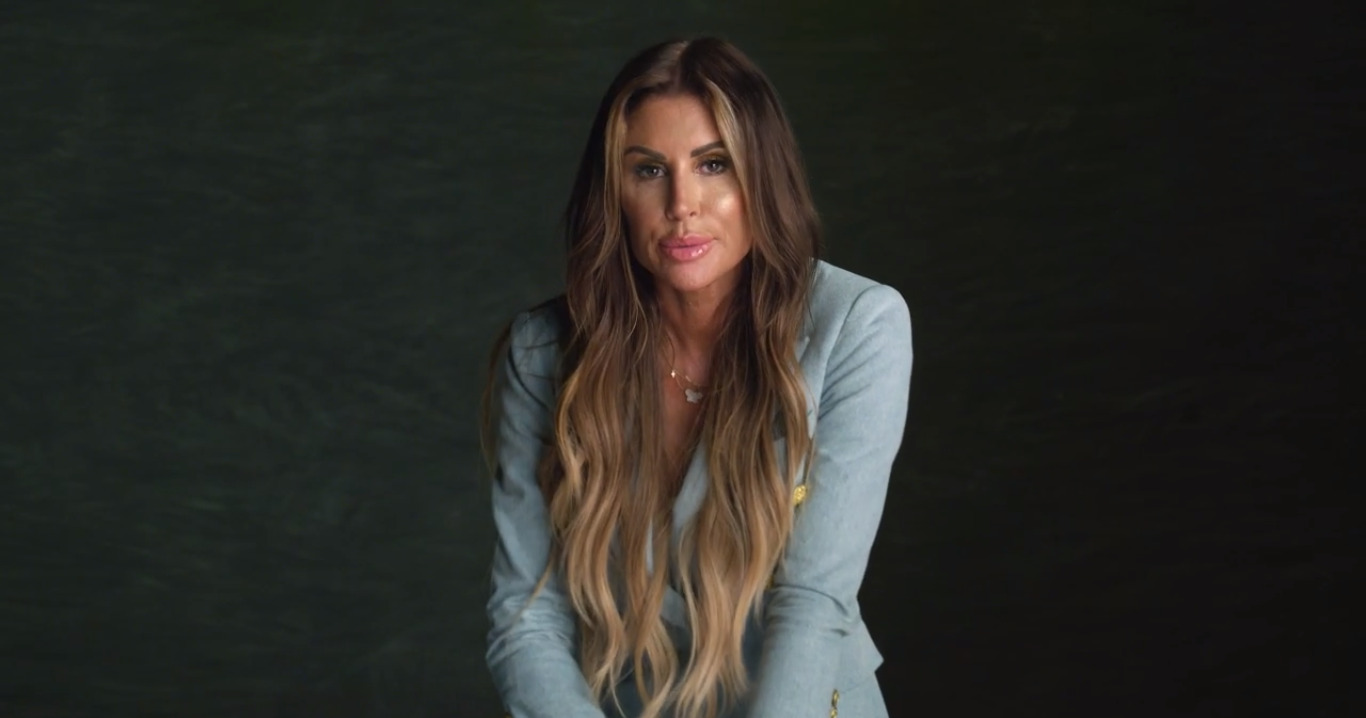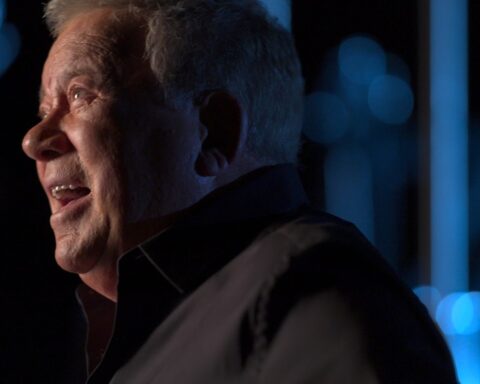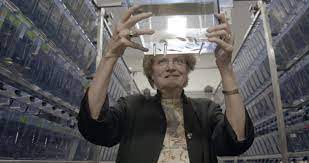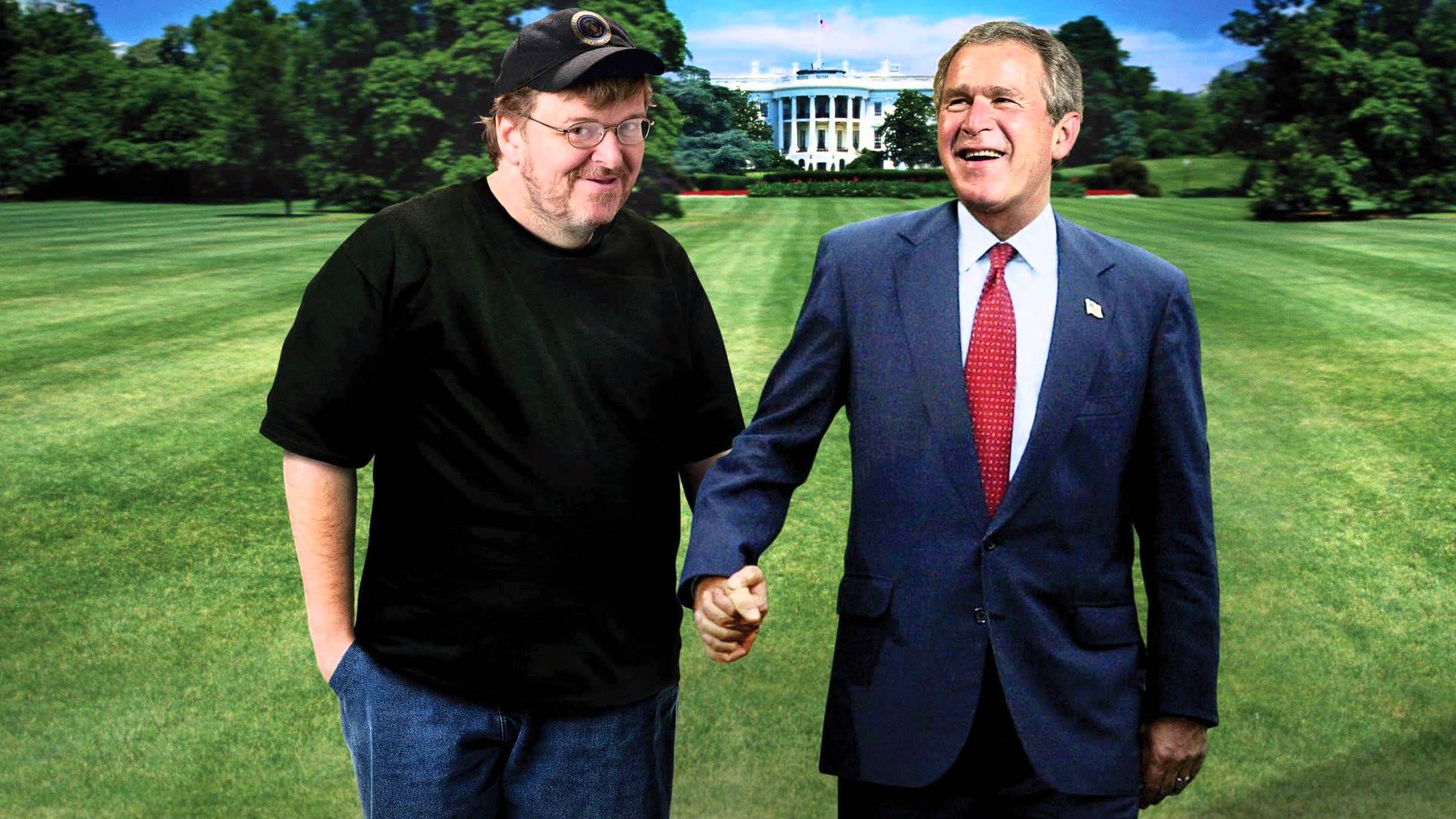Tiger: Part 2
(USA, 101 min.)
Dir. Matthew Hamacheck, Matthew Heineman
Does Tiger Woods deserve redemption? This question lingers after the awkwardly upbeat finale to the two-part documentary Tiger. The film by Matthew Hamacheck and Matthew Heineman mostly delivers on the many ideas raised in the compelling first half. After chronicling the rise of Woods in the front nine of Tiger, the back nine examines his precipitous and very-public fall. It offers all the juicy details that part one promised, while unpacking Woods’s unique psychology that made him appear immortal in the eyes of himself and others. This portrait of Woods has a tumultuous arc. It goes to very dark places. However, in doing so, it follows Woods’s career full circle and culminates with his jaw-dropping comeback after everyone said he was finished. Tiger’s catharsis is both accurate and discomforting.
The second part of Tiger mostly offers the question that left audiences hanging at the climax of part one. “Ok, so what do you want me to talk about?” asks Rachel Uchitel in the doc’s cliffhanger. Uchitel, whose life has been redefined for being Woods’s mistress, tells her story for the first time in Tiger. Hamacheck and Heineman avoid the salaciousness of the story by letting “the other woman” speak after years of being spoken for by others. Uchitel ultimately comes off very well in Tiger. She recalls being pursued by Woods after she recognized him at a Manhattan nightclub she managed. She tells the filmmakers about an intense pursuit followed by a period of deep passion. Her words evoke the image of a hungry Tiger.
Uchitel isn’t the only interviewee who notes Woods’s voracious appetite. The first act of Tiger part two chronicles how Woods transformed following the death of his father, Earl. (Earl Woods’s fanatical influence on his son fuelled much of part one.) After conquering the world and being freed of the “best friend” who put overwhelming levels of pressure on him, one can see how Woods went wild. Pete McDaniel, a Woods family friend, calls the period “Tiger unchained.” Interviewee upon interviewee notes how Woods adopted his father’s appetite for womanizing. Being one of the biggest all-star athletes on the planet only added to his appeal and ability to get any woman he wants.
Before getting to Uchitel, Tiger explores the machinery used to uphold Woods’ squeaky-clean image while facilitating his affairs. For example, Neal Boulton, a former editor of the tabloid The National Enquirer, tells Hamacheck and Heineman about the major scoop he landed when Woods’s nose, by all accounts, seemed cleaned. Boulton traces back to Woods’s affair with Mindy Lawton, a waitress at the Perkins diner where the golfer and his wife, Elin Nordegren, often had breakfast. He outlines a covert detail in which an investigator scored photos and videos of Woods and Lawton rendezvousing in a parking lot. He even says—and this will really make some viewers squirm—that the investigator found Lawton’s discarded tampon on the ground and kept it as evidence of the affair.
This episode only adds to the forces that made Woods believe himself invincible. The Enquirer team cut a deal with Woods to snuff the story and the golfer got away with his infidelity. However, tigers like to hunt and the narrow escape didn’t deter him. Enter Uchitel and their stormy affair that ended with Woods crashing his car outside his home when Nordegren discovered the truth.
Uchitel gives the plum interview in Tiger when she speaks of her time with a lonely man who simply needed attention. While likening Woods to a young boy who nibbled on cereal while watching cartoons during their mornings together, Uchitel remembers a man who endless questions about the world he didn’t know outside the golf course. He craved sex, yes, but Uchitel’s account of their affair also speaks of companionship and curiosity. Woods really seemed to have a way for connecting with women, as Uchitel, and the stream of subsequent mistresses, speak of being heartbroken by a man who mistreated them.
One can decide for oneself whether these tearful accounts are genuine, but Hamacheck and Heineman intuitively decode the meaning behind the media messaging. On one hand, the revelations about Woods’s serial infidelity confirmed to the white establishment all the preconceptions they had about a Black golfer. Cut to Bryant Gumble brilliantly chastising the directors of the Augusta golf course for shaming Woods on television. The bizarre press conference appears in Tiger as one of the facets of white supremacy underpinning the media frenzy about the scandal. The directors find a fascinating interrogation of both the media and the allure of celebrity. The film argues that audiences love to see their heroes fall more than they relish their stories of triumph. (As one interviewee observes, the New York Post featured the Woods scandal on more front pages than it did 9/11.) The film turns the dirty images of Woods back on the viewers to consider sick mania that leaves victims in its wake.
Tiger also interrogates the disparity in language within the media coverage of Woods and his mistresses. Uchitel says that her life was over as she faced throngs of paparazzi outside her home and fuelled one endless televised debates. Montages of late night talk shows evoke “Hot or Not” evaluations of Woods’s conquests. Even Nordegren doesn’t escape scrutiny since her divorce from Woods, which included a $100 million settlement, inspires commentators to liken both her and Uchitel to “gold digging whores.” Misogyny and racism envelope the story as Tiger brilliantly uses one celebrity scandal to consider the nature of news media itself.
Hamacheck and Heineman keep the focus on Woods, however, and follow the golfer as he further drove his career into the rough. They return to the images of his 2017 arrest for reckless driving, which was fuelled by the cocktail of prescription drugs needed to combat the damage done to his body through the repetitions of his regimental practice. These images of Woods are as widely circulated as the clips of his greatest putts and wizard-like chips. Equally revealing are the accounts in which interviewees recall Woods coldly severing years of personal and professional relationships. These, too, are products of Earl’s training that taught Woods to eliminate all distractions in pursuit of his own gain. However, as the film observes the fall of an athlete with a god-like complex, it sees how the sight of Woods hitting rock bottom fuelled his comeback. Thanks to his father’s taskmaster training, Woods always played as if he had something to prove.
Tiger ultimately leaves a question hanging that it doesn’t answer. Why does Woods get a second chance when Uchitel, Lawton, and others continue to pay for transgressions that involved two parties? The fault isn’t necessarily on Woods—to his credit, he assumed a degree of responsibility for his actions—but society more broadly. This point is where the film falls short of landing a dazzling shot after teeing itself up for a strong finish. While Tiger is tough on Woods without being unfair, it isn’t toughest when it needs to be. His comeback game is amazing, his shots are as miraculous and god-like as they were in his peak, and he shows every inkling of being the best in his sport. But the film doesn’t say what happens to the women he hurt or the friends he discarded. As Tiger arrives as one of the first docs to craft a comeback narrative in the wake of the #MeToo reckoning that Woods’ fall preceded, its rousing finale strikes the wrong tone—as accurate as it may be that Woods returned with renewed fire. Sometimes a player doesn’t warrant a mulligan.
Tiger is now available to stream on Crave.













